COSHH is a very important aspect of health and safety in the workplace. It defines what substances are hazardous and gives you a method for reducing their potential threat to employees and others in the workplace you may be responsible for. But what exactly do the COSHH symbols mean?
It must be stated that the names given below for the COSHH symbols do not form the official terminology. This gives some room for interpretation in regards to what COSHH category a substance falls under if it is part of a COSHH category at all.
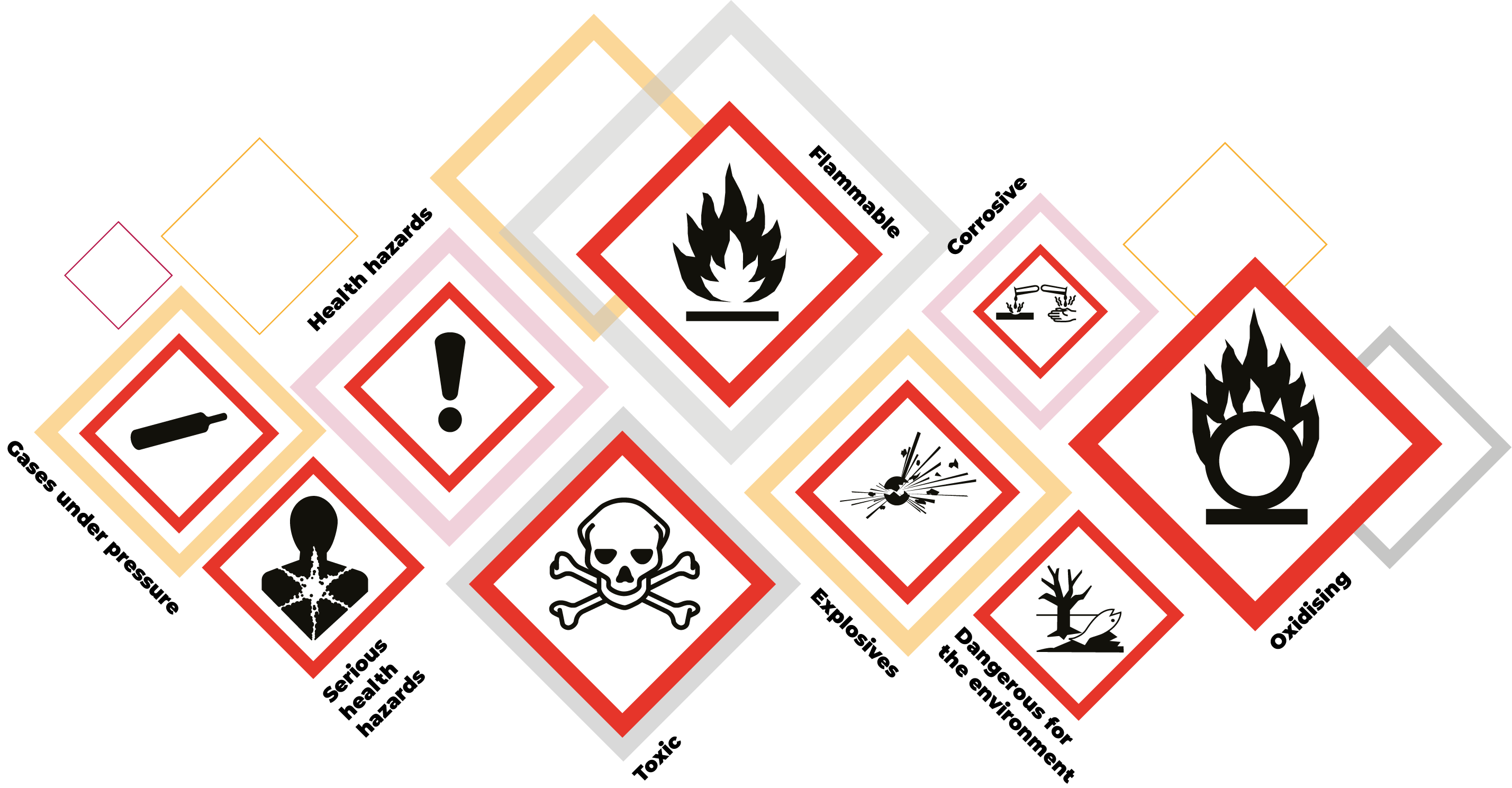
What are the differences between the COSHH symbols?
Knowing the differences between the relevant COSHH symbols will help your business stay compliant whilst also keeping workers safe. COSHH stands for the Control of Substances Hazardous to Health and attempts to provide regulatory structure for the control of dangerous substances. Some of the notable COSHH substances include fumes, pesticides, dust, and petrol.
Explosives (Symbol: bomb exploding)
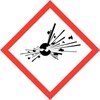
Explosives are defined as chemicals, substances, and any workplace occurrence that may cause an explosion. The symbol represents an exploding bomb. It has a variety of associations with it:
- Mass explosion hazard
- Severe projection hazard
- Fire, blast or projection hazard
- Mass exploding in fire
- Unstable explosion
Flammable (Symbol: open flame)
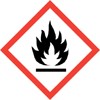
This symbol refers to any flammable chemicals or other substances that ignite on contact with air, a small ignition source, has a low flash point or can evolve highly flammable gases when in contact with water. The symbol is a large open flame.
- Flammable Gas
- Highly Flammable Gas
- Highly Flammable or flammable aerosol
- Highly flammable or flammable liquid and vapour
- A flammable solid
Oxidising (Symbol; open flame over a circle)
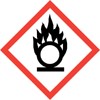
Oxidising covers chemicals that in their preparation, can lead to a dangerous reaction with other chemicals. The symbol for this COSHH hazard is a flame over a circle.
- Acts as an oxidiser, increasing the intensity of the fire
- May act as a strong oxidiser, causing a fire or explosion
- The substance is usually found on bleach
Gases under pressure (Symbol: gas cylinder)
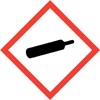
This symbol represents situations where gas is under pressure. It is also an example of a hazard that has recently been incorporated into the COSHH classification system. The symbol represents a gas cylinder.
- Gas contained under pressure which may explode when heated
- Refrigerated gas, may lead to cryogenic injuries
- The symbol is normally found on gas containers
Corrosive (Symbol: corrosion on hands and surface)
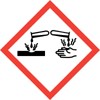
The corrosive symbol is used to warn against chemicals that may damage living tissue on contact. The image shows a chemical spill causing the corrosion of a hand a surface material.
- Can cause corrosion on metals
- May cause severe skin and eye damage
- Can be found in ammonia, acetic acid, hydrochloric acid, drain cleaners etc
Toxic (Symbol: skull and crossbones)
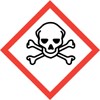
The toxic symbol represents chemicals that can cause a lot of damage even in low and very low quantities. The symbol is of a skull and crossbones.
- Can cause fatalities when swallowed, inhaled, and put in contact with skin
- Can be toxic if swallowed, inhaled, or put in contact with skin
Health hazards (Symbol: exclamation mark)
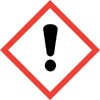
The health hazard symbol is an indication of substances that may cause damage to health. The symbol is also used as an indication to take caution.
- Can cause respiratory irritation
- Can lead to dizziness and/or drowsiness
- Can cause allergic reactions
- May lead to serious eye irritation
- Can cause skin irritation
- May be harmful if swallowed
- May cause damage on contact with skin
- Can cause damage when inhaled
- May damage public health by causing damage in the ozone layer.
Serious health hazards (Symbol: internal damage)
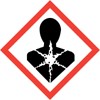
The symbol represents serious long term threats to health. The picture in the sign shows a person with internal damage)
- Can lead to death if swallowed or inhaled
- Causes damage to organs
- May cause damage to organs
- Can damage fertility or affect pregnancies
- Can lead to/ is suspected of causing cancer
- Can lead to/ is suspected of causing genetic defects
- Can lead to asthma or breathing difficulties if inhaled
Dangerous for the environment (Symbol: a dead tree and dead fish)
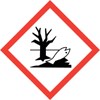
This COSHH symbol represents the risk of substances that may cause serious damage, either immediate or long term to multiple components of an environment. The symbol shows a dead tree alongside a dead fish.
- Highly toxic to marine life with long-lasting effects
- Toxic to marine life with long-lasting effects
- Most commonly found in pesticides, biocides, petrol, turpentine etc.
What substances are covered under COSHH?
The COSHH symbols are important when it comes to signifying where certain substances are present that are hazardous to health. Whilst many substances are covered by COSHH others, such as Asbestos are not applicable. Here are the substances that are applicable to COSHH under the HSE Executive:
- chemicals
- fumes
- mists
- vapours
- products containing chemicals
- nanotechnology
- gases and asphyxiating gases
- biological agents
- germs that cause diseases such as legionnaires
Why is knowing what the COSHH symbols mean important in health and safety?
Knowing the COSHH symbols is crucial to ensure you and your employees are properly informed on the relevant dangers of their workplace. These new symbols replace some of the older orange ones which were active until 2017. Good knowledge of the new COSHH symbols will help you stay compliant with health and safety regulations and reduce the number of incidents that occur in your workplaces.
In addition to knowledge of what the COSHH symbols mean, you should also be comfortable filling out a COSHH risk assessment and have a basic understanding of the COSHH regulations themselves.
Follow us on LinkedIn!
If you want to stay up to date with some of the latest information on COSHH and other pieces of health and safety legislation then make sure you are following the HSE Network on LinkedIn. We regularly release updates on new articles, videos and podcasts around all subjects in health and safety.
Further references
Health and Safety Executive (2020), Control of Substances Hazardous to Health (COSHH), Available at: https://www.hse.gov.uk/coshh/